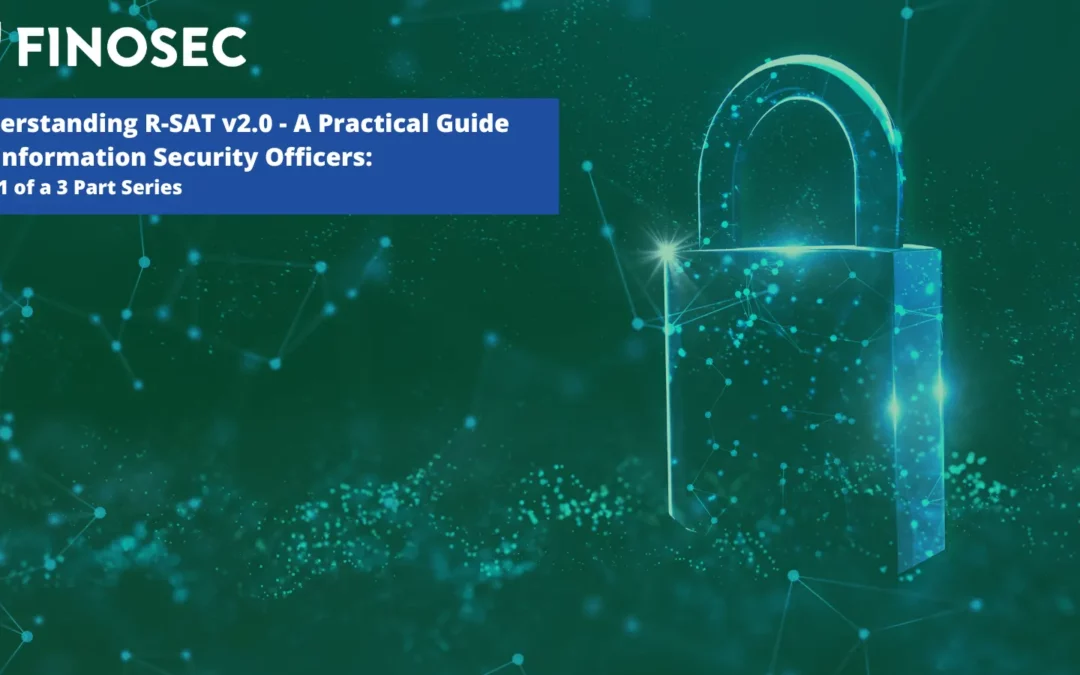If you're gearing up for your next regulatory exam or audit, it might be time to pause and ask yourself one important question: how many spreadsheets are you using to manage the process? Chances are, it’s more than one. And if that’s the case, it may be time to...









